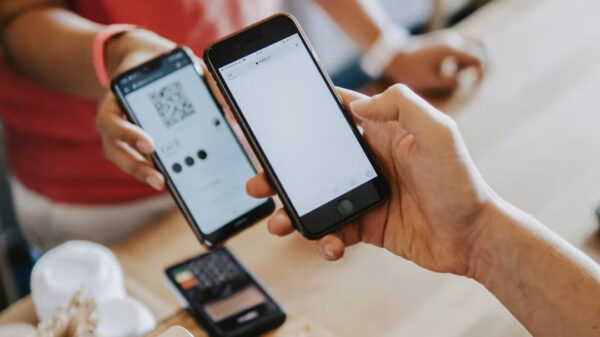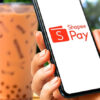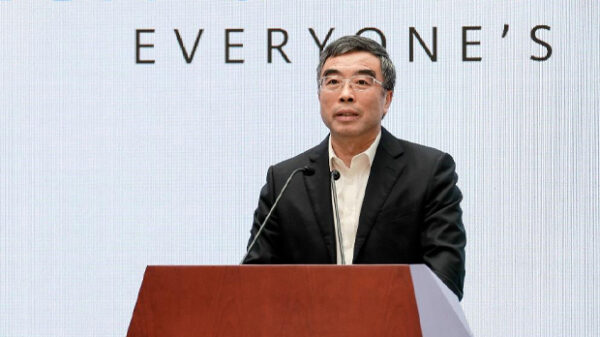Restrictions on the movement of people and business operations in response to the outbreak of Covid-19 are changing the way residents of the Philippines are consuming and paying for goods and services.
Adherence to social-distancing measures is increasing demand for electronic payment (e-payment) for services such as food delivery and utilities, especially as physical money has been identified as a vehicle for the spread of viruses and bacteria.
Covid-19-related restrictions
On March 12, President Rodrigo Duterte announced the commencement of community quarantine for Metro Manila, which is home to around 13% of country’s 108.1m residents. The move prohibits domestic entry and exit from the capital region from March 15 to April 14, to be enforced by police and soldiers at border checkpoints, as well as the suspension of classes. The capital’s international airport no longer accepts foreign nationals, leading many major carriers to suspend flights to Manila. However, foreign travelers are still permitted to leave via the small number of airlines still operating.
Emergency measures were similarly escalated to “enhanced community quarantine” for the broader island of Luzon, which contains over half of the Philippines’ population, from March 17 to April 13.
In addition to imposing home quarantine, this mandated the closure of non-essential businesses; essential services such as drugstores, grocery stores and medical facilities are allowed to operate from 5.00am to 8.00pm.
As in many of the jurisdictions around the world pursuing lockdown measures, the president noted that the date for lifting the enhanced quarantine was subject to reassessment – which means it is not certain that regular operations will resume on April 14. Similar quarantine measures were also imposed on the island of Cebu, home to the Philippines’ second most populous city, on March 25.
Contact-less payment solutions for delivery services
While public transport and ride-hailing alternatives have been suspended across the island, takeout and delivery services are continuing.
Following recent examples in countries like China, the US, New Zealand and Australia, the Philippines has launched “no-contact” food delivery options to help limit the spread of Covid-19.
On March 17, after temporarily halting Luzon operations in the morning, food delivery services GrabFood and foodpanda relaunched, limiting services to customers using e-payment, to enable safer, contact-less delivery. Indeed, in many cases, restaurants that are still open are only serving customers using e-payment methods.
Efforts to maintain social distancing could also lead to wider use of e-payment for utilities, banking and insurance. Many major providers – including the country’s largest electricity distribution utility, Meralco – have announced a one-month extension on bills following the escalation to enhanced quarantine.
In days preceding this, many firms were actively promoting online payment to enable customers to avoid a late payment penalty, and suggesting they continue to do so going forwards.
Given the continuing uncertainty over when social-distancing measures will be lifted, more Filipinos – including those outside of Luzon and Cebu, who are not yet under enhanced quarantine –could increasingly view e-payment methods as a low-risk solution.
Getting users online
As with any new technology, obstacles to take-up remain. Some 29m Filipinos are not yet connected to the internet, and there are ongoing issues in terms of affordability, availability and speed of internet services in the country, whether broadband or mobile data.
According to Akamai Technologies’ 2017 “State of the Internet/Connectivity” report, the Philippines ranked last out of 15 countries surveyed in the region and 100th out of 149 nations globally for average connection speed, at 5.5 Mbps, compared to 7.2 Mbps internationally.
Advancing the digital economy is high on the government’s agenda, and improving connectivity is one of eight priority areas under the country’s long-term development plan.
Mobile internet is an important route to get users online, but growth in this area is constrained somewhat by the cost and complexity of deploying supporting infrastructure across a vast archipelago like the Philippines. As such, the impending market entry of a third telecommunications operator to enhance competition with the established mobile duopoly – Smart and Globe – could potentially boost infrastructure development and mobile penetration.
New entrant Dito – a joint venture between Philippine conglomerate Udenna and China Telecom – has committed to providing coverage to 84% of the population and basic internet speed of 55 mbps over a five-year period. However, its official launch has been pushed back to March 2021, with bureaucratic delays to constructing the necessary telecom tower infrastructure reported as one of the reasons.
As customers become more familiar with e-payment services, the prospect of their continuing use in a post- Covid-19 setting is strong – particularly with ongoing improvements in the accessibility, affordability and quality of internet services, as well as measures to enhance consumer protection, data privacy and security under the National Cybersecurity Plan 2022.



















































































































